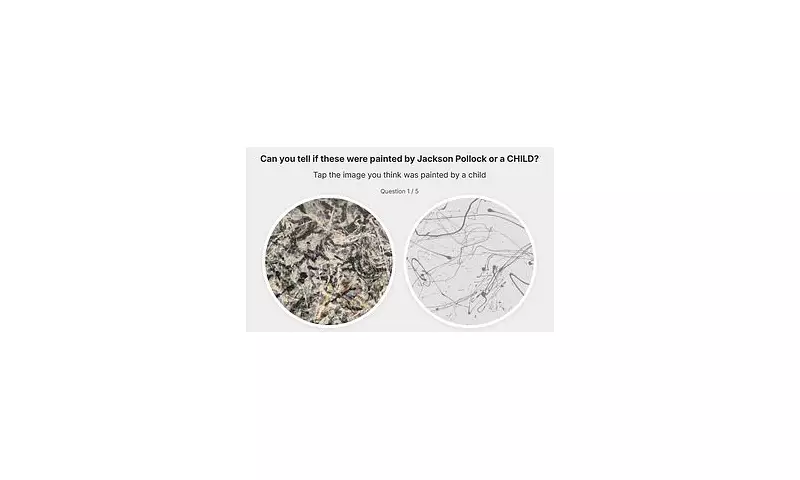
A groundbreaking new study suggests that the iconic drip paintings of abstract expressionist Jackson Pollock bear a striking resemblance to artwork created by young children.
The Experiment: Children vs Pollock
Researchers at the University of Oregon conducted experiments where they asked volunteers to create paintings in Pollock's distinctive style. The study involved 18 children aged four to six and 34 adults aged 18 to 25, all attempting to replicate the artist's famous technique by splattering diluted paint onto paper placed on the floor.
Remarkably, the children consistently produced works that were visually closer to Pollock's originals than those created by adults. The findings challenge the long-held criticism that "my kid could have done that" when viewing Pollock's multi-million dollar masterpieces.
What Makes Children's Art Similar?
Analysis revealed that while both groups demonstrated high visual complexity, key differences emerged in their approaches. Adult paintings showed higher paint densities and wider trajectories, covering more space with greater paint application.
In contrast, children's works featured smaller fine-scale patterns and more bare gaps between paint clusters. Their paintings displayed simpler, one-dimensional trajectories that changed direction less frequently compared to the more varied patterns created by adults.
Perhaps most surprisingly, when researchers analysed paintings for perceived complexity, visual interest and pleasantness, they found that works with more space between patterns and less complex fractal designs were considered more attractive – characteristics more commonly found in the children's artwork.
The Legacy of Jackson Pollock
Jackson Pollock (1912-1956) revolutionised modern art with his drip technique, pouring and dripping paint directly from cans or sticks onto canvases laid on the floor. His method created unique snapshots of his body movements that have proven nearly impossible to perfectly replicate without mechanical assistance.
British art consultant Benjamin Weaver defends Pollock's work, noting that while anyone can pour paint, "he couldn't have meant it" in the same way. Fellow abstract expressionist Robert Goodnough added that Pollock's emotional purification gave quality to his work, distinguishing it from random paint pouring.
The study, published in Frontiers in Physics, suggests that either Pollock retained a child-like quality in his artistic methods or that the dismissive criticism about children being able to create similar work might contain some truth.
Professor Richard Taylor told the Daily Mail: "The study does indeed suggest that a kid could paint closer to Pollock's style than an adult. The interesting thing is that the quote is dismissive towards kids, suggesting that Pollock produced art as bad as a kid. However our study shows that people prefer the look of the kids' work – so in reality kids, like Pollock, produce beautiful art."





